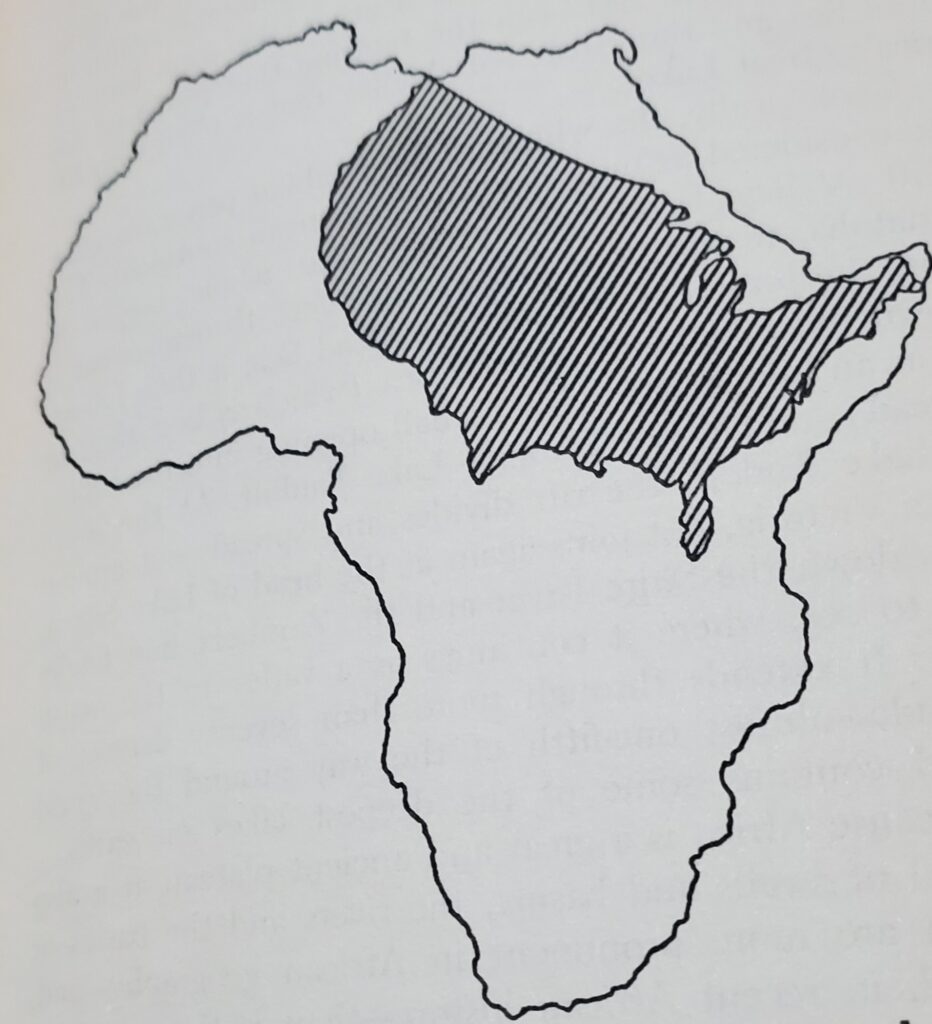According to historians, by 1444, there was a thriving market in Portugal for African enslaved people. Both the Europeans and Africans had a tradition of slavery but the two differed.
Slavery was prevalent in many Central and West African societies before and during the trans-Atlantic slave trade. When diverse African empires, small to medium-sized nations, or kinship groups came into conflict for various political and economic reasons, individuals from one African group regularly enslaved captives from another group because they viewed them as outsiders. The rulers of these slaveholding societies could then exert power over these captives as prisoners of war for labor needs, to expand their kinship group or nation, influence and disseminate spiritual beliefs, or potentially to trade for economic gain.
African elites and royalty from slaveholding societies relied on their kinship group, ranging from family members to slaves, to secure and maintain their wealth and status. By controlling the rights of their kinship group, western and central African elites owned the products of their labor.
According to historian, Paul Bohannan, author of the book Africa & Africans, African slavery was a domestic institution with only a few exceptions on the continent. The economic value of domestic slaves was due to political followers and indicators of prestige.
It was necessary to do something with war captives, criminals, and people described as “bad lots.” The African answer was to turn them into slaves, which meant giving them a special and humble status in which they could be rejected or removed from kinsmen. They could be carefully watched and at the same time be given security and levels of position.
In this sense, the word “slave” refers to people who are attached to domestic groups by non-kinship links. Many slaves occupied high positions within households. Africans took up arms and joined their slaves, if they were insulted in public by being addressed as such.
Slaves were a type of kinsmen with different rights from other kinsmen. They had to be captured or acquired from their kinsmen who were “selling” them into slavery. As a form of banishment, some groups took their criminal or “bad lot” and performed rituals that broke the kinship, then sold them. The Africans who bought them brought them into their own domestic groups and attached them by non-kinship, but kin-like, links to various huts within the household. They worked the hardest work, but were allowed to marry, and formed an ongoing part of the extended household.
Throughout Africa, slaves were kinless people that were attached by non-kinship links to households. The few exceptions are those attached to kings and courts. They worked outside on plantations for the king.
Bohannan wrote that the most distinguishing characteristics of the American Negro slaves are that they too were kinless people. Sometimes, middle class and rich Americans forget how important kinship is. In many Black lower income families, this family pattern continues. It’s not uncommon for cousins to live together as siblings. It’s not uncommon for adults to rescue children who are not related and raise them in their homes.
Extended families made sure their members were provided for physically and emotionally. The extended system of kinship central to African society found new purposes within the cruel institutions of American slavery. Even with this cruelty, enslaved people took risks to maintain relationships. They often snuck away to visit relatives on neighboring plantations. They expressed grief and horror when their loved ones were abused. They faced abuse themselves to protect them.
Historians
wrote that after Emancipation, newly freed slaves traveled the roads of the South
and placed ads in papers in efforts to reunite with family members. Despite slave
life and circumstances of slavery in America, enslaved men and women
demonstrated an unwavering understanding of the value of family. Family was a
source of solace, strength, and primary means of survival. They passed these
values to their children.
Francie Mae. December 22, 2023.
Reference
Bohannan, Paul. 1964. Africa &Africans. Garden City, New York. The Natural History Press.
